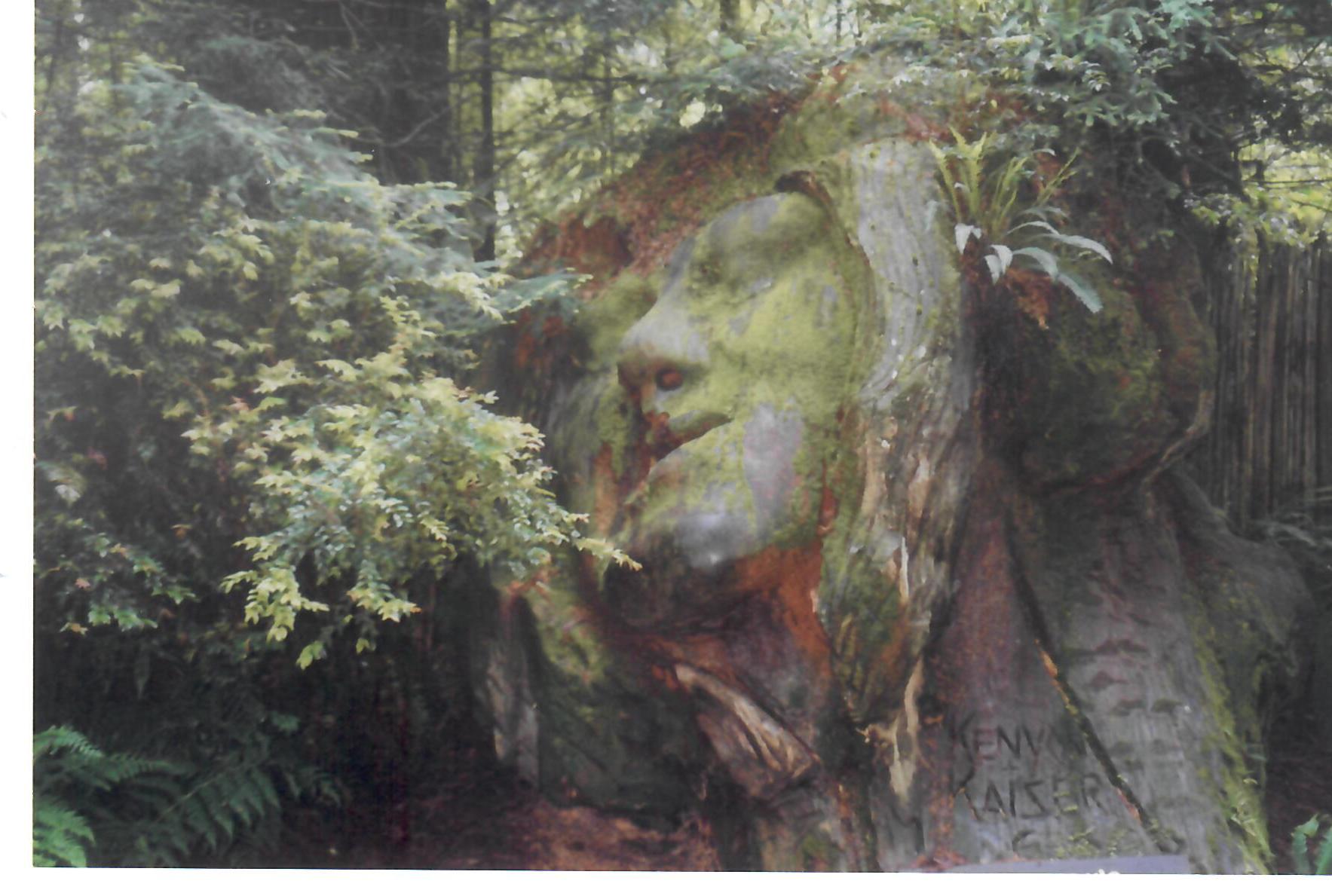I am looking at a redwood tree so high that I hug it to keep my balance. I imagine the seedling that it was some hundred years ago, but wonder whether it will make it as a forest elder 2,000 years from now.
If this tree could talk, it would be about gold miners becoming lumberjacks after the gold rush cooled down. As a result, entire forests fed the building frenzy of San Francisco in the 1800s, and the first naturalists raised the first red flags.
In Humboldt County in California, the Redwoods State Park is home to the Rockefeller Forest, “the world’s largest remaining contiguous old-growth forest of coast redwoods.” There, the Trees of Mystery Trail is an engaging way to ponder the oldest living things on Earth.
Do You Know the Way to Klamath?
From San Francisco, I head North on Highway 101, a scenic, coiling drive along the California Redwood Coast. After the main exit to Humboldt Redwood State Park, I follow the sign to the Avenue of the Giants. This three-mile-long forest drive is a part of only three ecosystems where redwoods still strive. The others are a strip in the Sierra Nevada and one in China.
The two-lane flat road meanders among trunks that shoot 300 feet (90 m) up to the forest canopy. I feel protected by the shield they form along the road and observed almost like an intruder.
Meet the Trees of Mystery
A giant carving of the fictional lumberjack Paul Bunyan and Babe the Blue Ox guards the parking lot, luring visitors to the Trees of Mystery Park. The park is private, yet a part of the Redwood Empire that stretches from San Francisco to the Oregon border.
Alongside the 0.8 miles (1.3 km) trail, redwoods stand like eccentric characters, thanks to nature’s artistry. Odd tree formations are present in wild forests, but here, coastal redwoods, Sitka spruces, and Douglas-firs are conveniently accessible to walkers.
On the Tall Tales Trail, specimens of mosses, ferns, and other undergrowth fill every nook with various textures and shades of green. This rainforest ecosystem immediately deepens my awareness of the need for conservation.
I encounter an intriguing wood carving, a tree struck by lightning and internally consumed by fire. I witness the survival skills of the Candelabra Tree: several redwoods growing on a fallen trunk. I only hug the Fraternity Tree since it’d take a dozen persons to embrace it. I pause by the Cathedral Tree: nine trees growing in a semi-circle from a single root system. And whereas the Elephant Tree looks more like a giant squid, it’s still another oddity. An interpretive sign by each tree indicates surprising facts.
Raving About Redwood Trees
The redwoods of the Northwest inspire awe for several reasons. First, they are one of three genera of the iconic sequoia: Sequoia sempervirens. And, they never really die. Eighty percent of those I see are clones and twenty percent grew from seeds. With roots some 12 feet (3.6 m) deep and 70 feet (21 m) wide, they spring back to life from roots, stumps, or fallen limbs and trunks. Some grow on roots seven levels deep. Who knows… a dinosaur might have brushed against the tree I am hugging, genetically- speaking.
Questions come to mind. Since redwoods are the tallest, widest, and oldest trees on Earth, how do they survive what destroys other species? What about the fires that ravage millions of forested acres every year? Answer: the bark of old-growth trees acts as a shield that can be 1-foot-thick (0,30 m), but 20-year-old trees don’t have that protection yet.
What about insects such as the decimating beetle? Ah, nature vaccinated the redwoods with a poison of an unappealing taste.
Floods? No problem, redwoods can survive in flood plains. Place a redwood burl in water and a lilliputian forest will grow.
But there is one weak link in the redwood mightiness, though. It needs fog to quench its thirsty top since ground moisture won’t reach it. And they get it: from California cool nights even in the summertime.
Forests For the Mind
Early environmentalists warned about exploiting resources from a fragile natural environment. That’s why John Muir created the Sierra Club in 1892, then Aldo Leopold devised the first ecological science code. Furthermore, Henry David Thoreau and Ralph Waldo Emerson’s eloquent prose pointed to a more ethical view of nature and its connection to the human spirit.
Since then, this human spirit has fought the logging companies to protect ancient forests. It was difficult. Many politicians didn’t see the forest for the trees. Fortunately, activists were relentless: Julia Butterfly Hill spent two years on Luna, a giant redwood.
Activism eventually led to the protection of the northwestern forests ecosystem as an International Biosphere Reserve. However, the United States pulled out of UNESCO in 2018. It might not threaten their survival, but climate change might.
What’s more, pediatric scientists say that the lack of connections to the natural world can affect children’s development. A visit to The Trees of Mystery will influence a young mind and soothe yours.
Note: A network of netted suspension walkways with viewing platforms up to 100 feet high in the tree canopy was recently added.
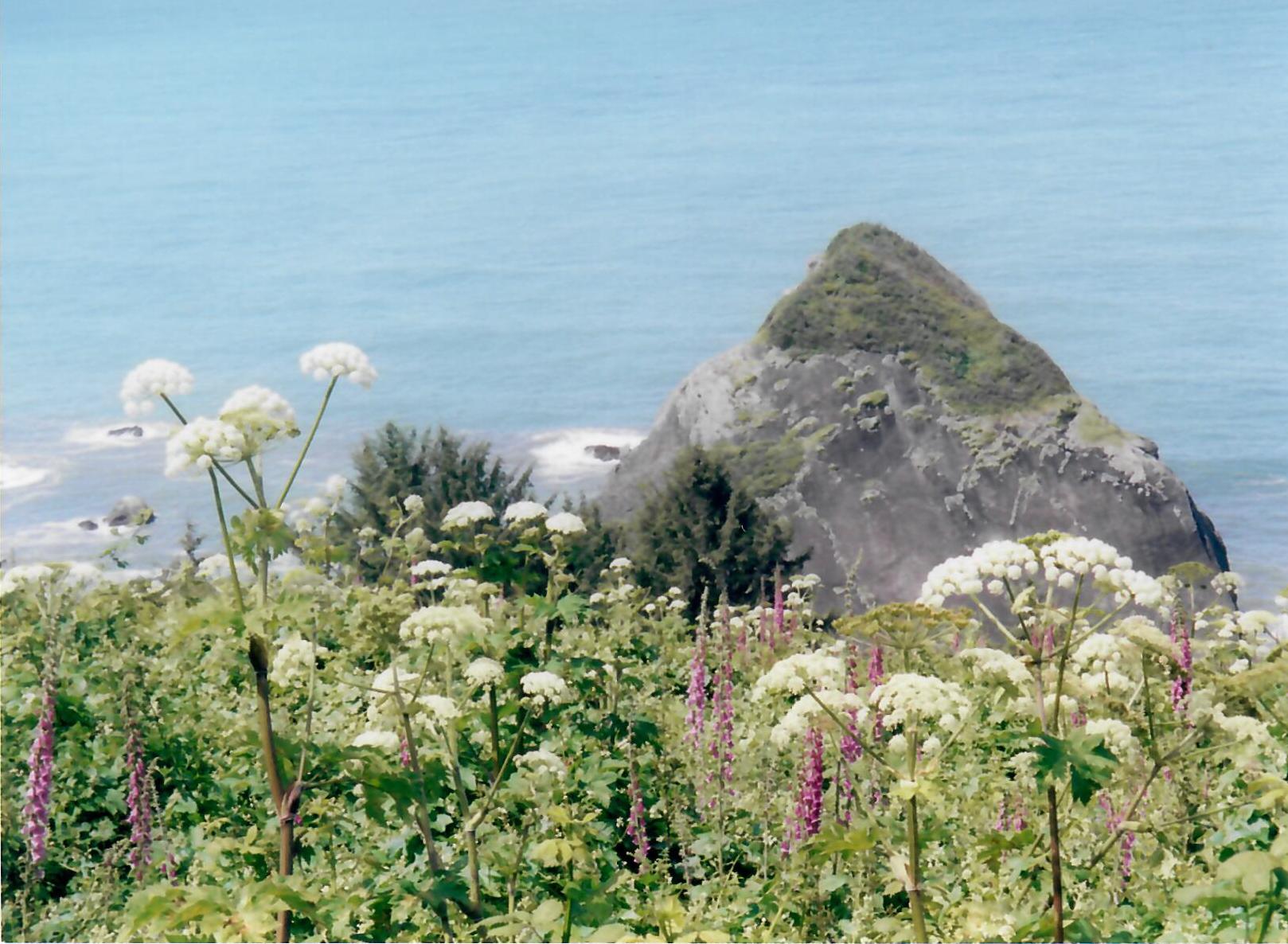
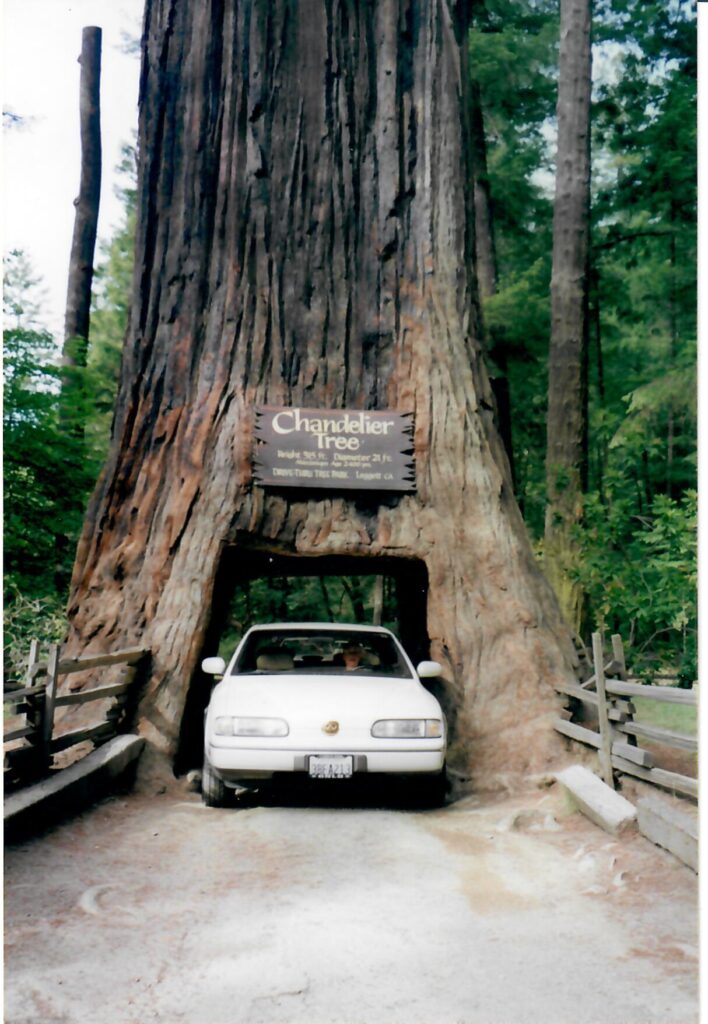
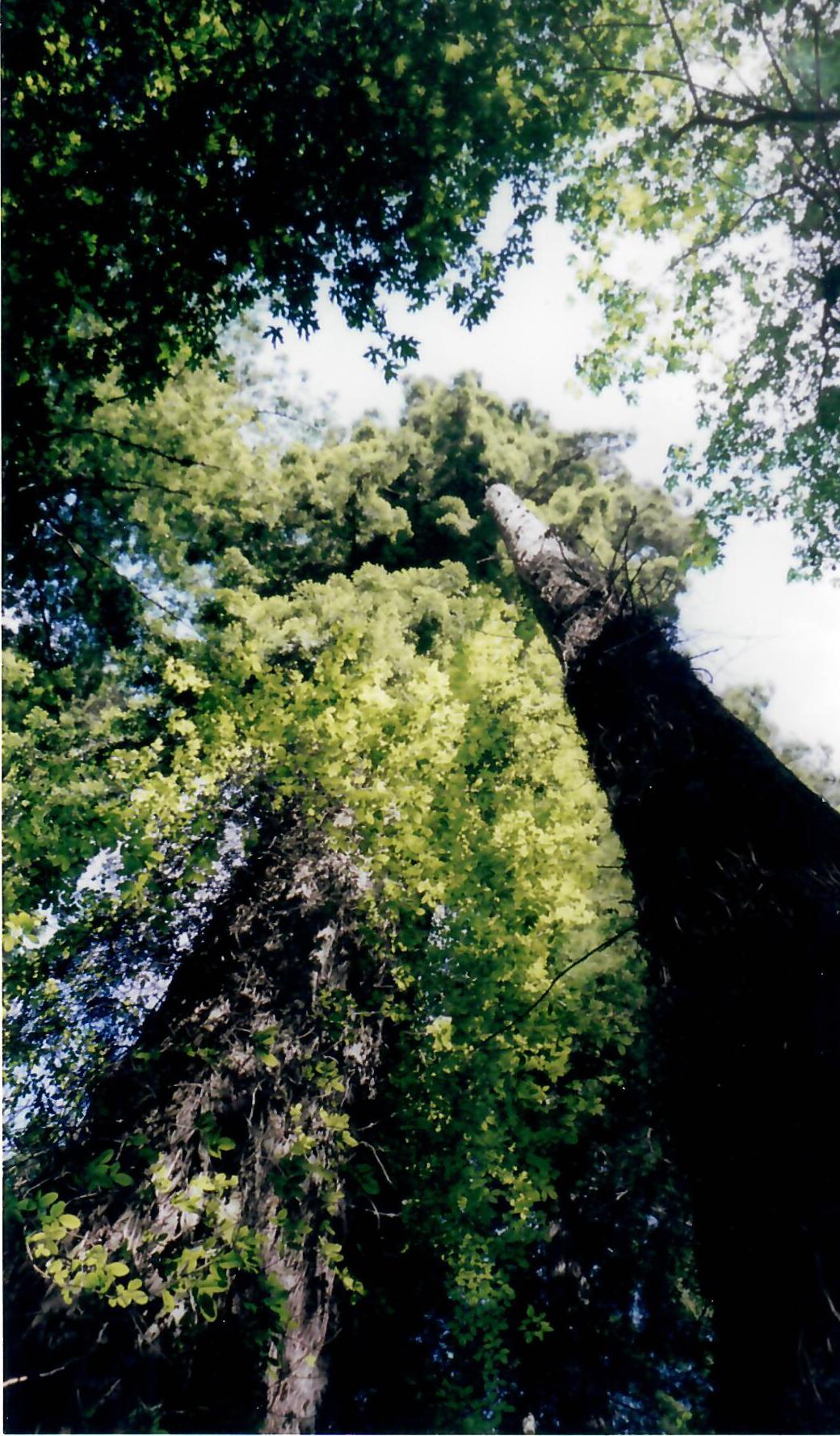
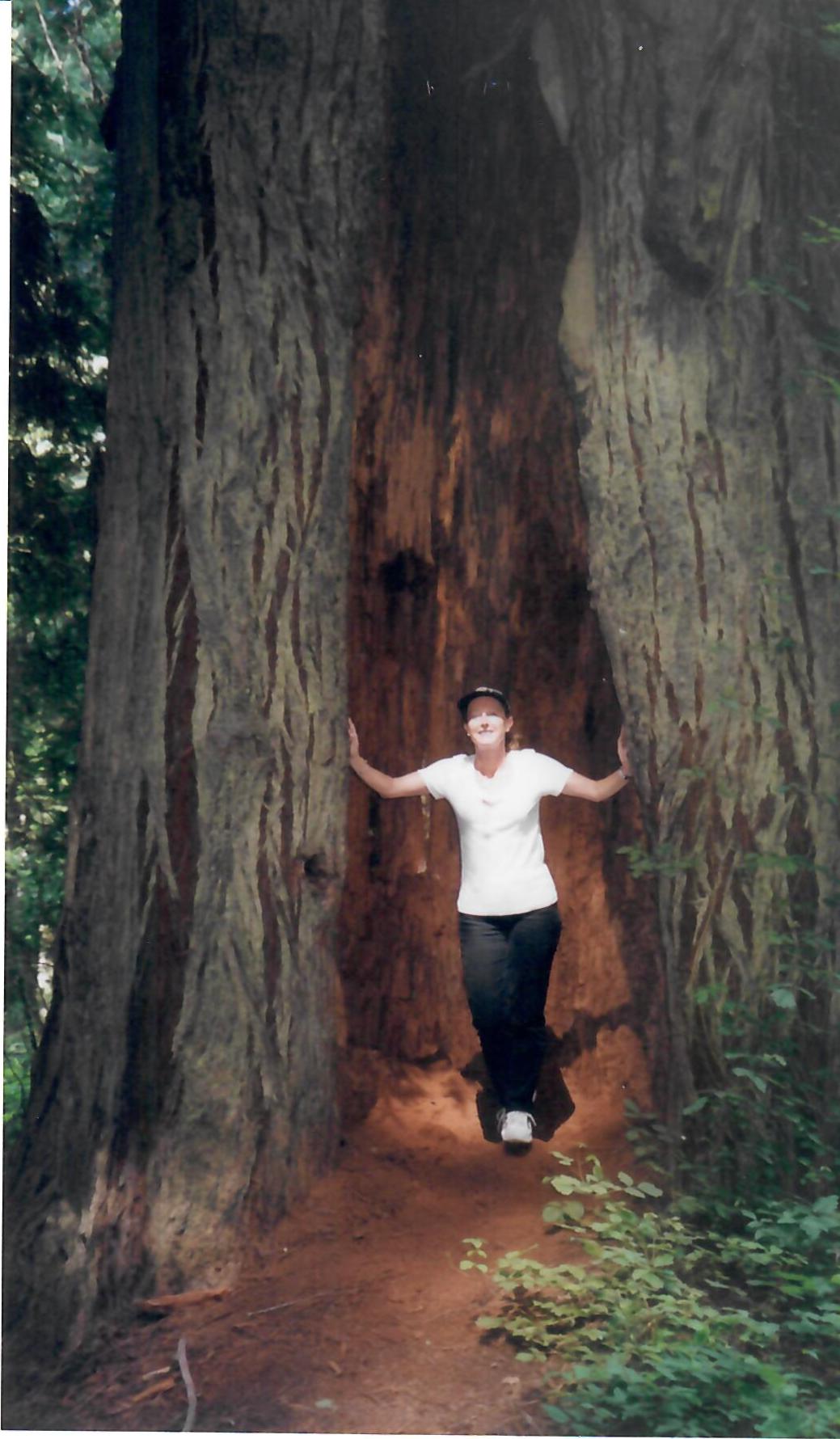
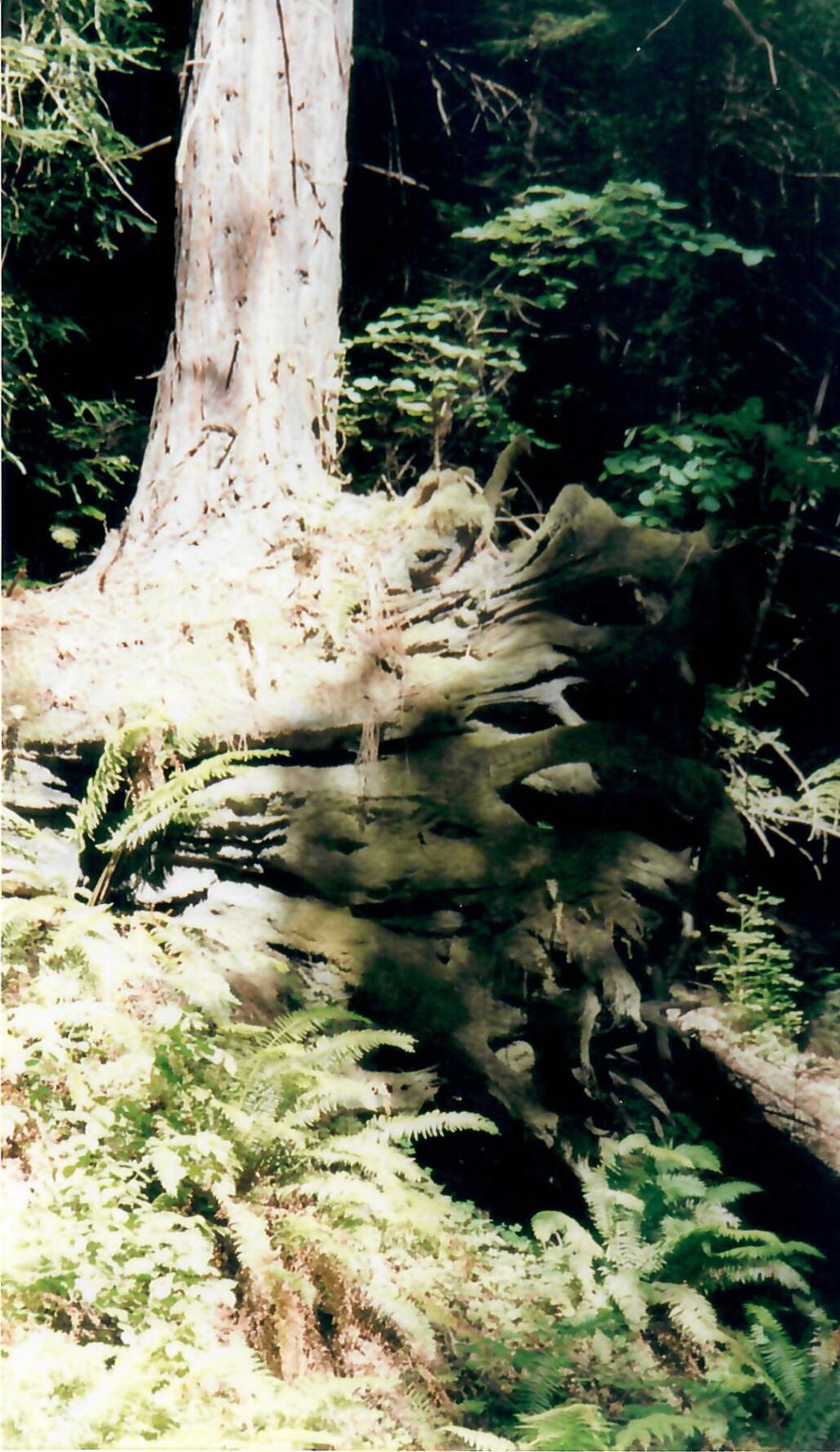
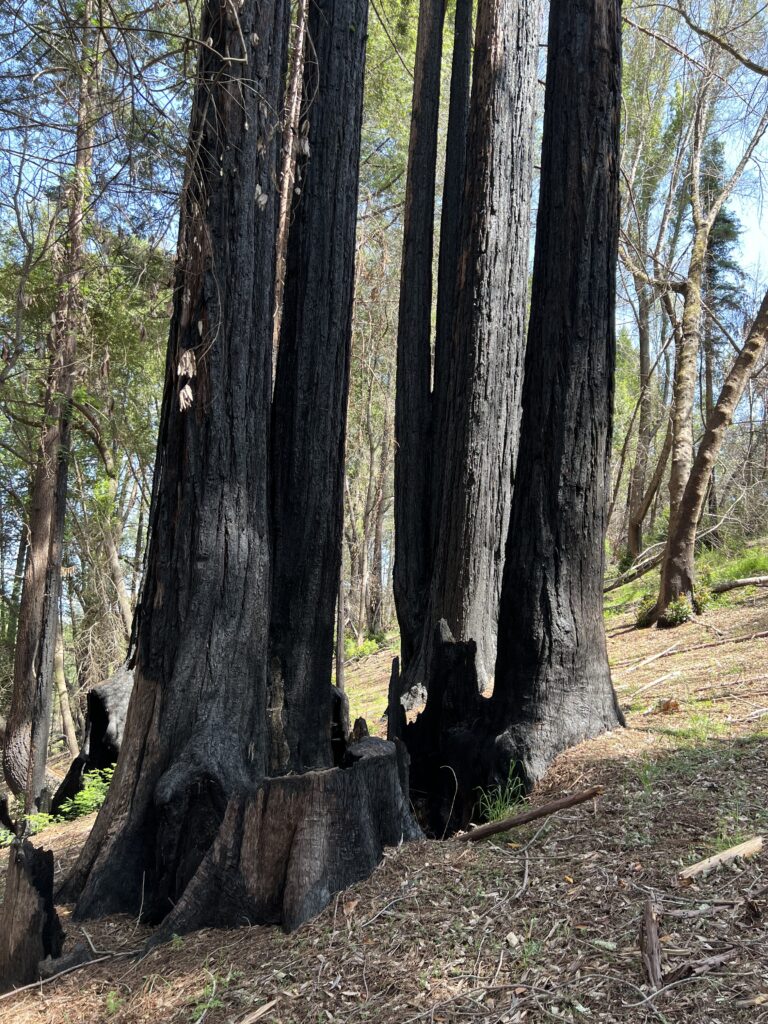
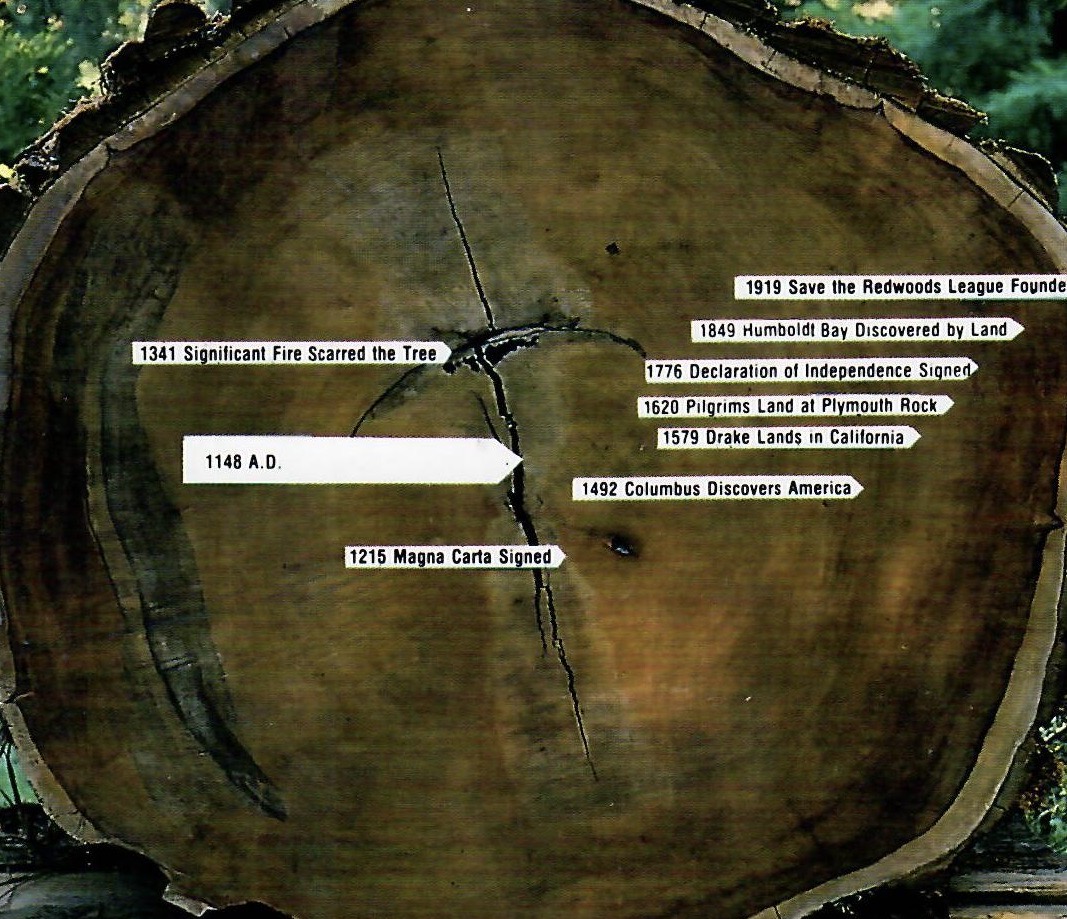
Previously published Buckettripper – revised 2022

